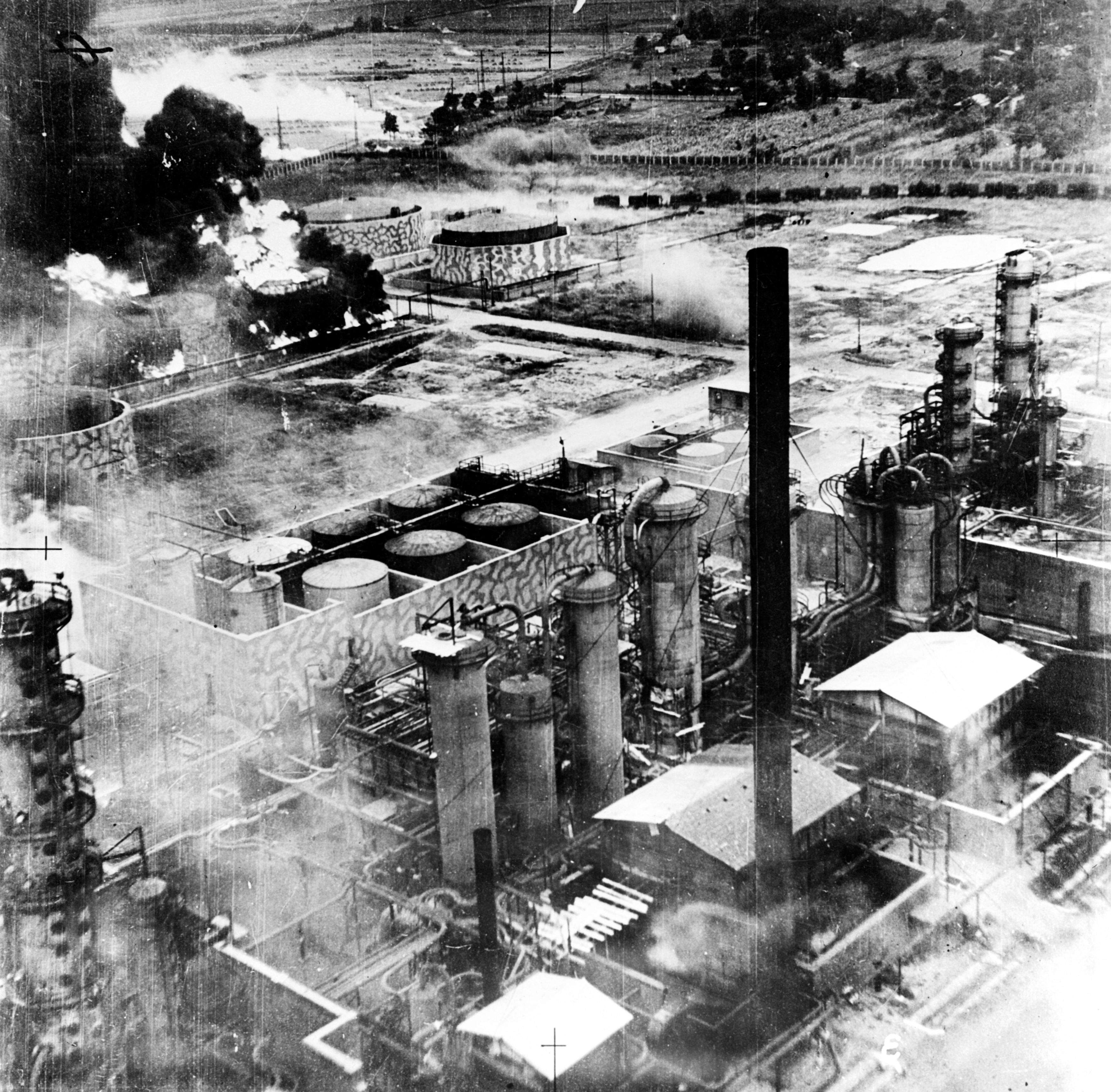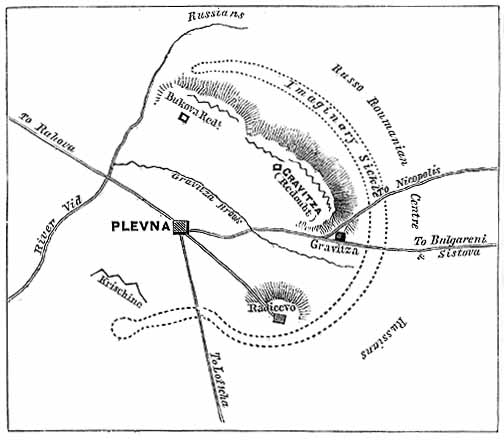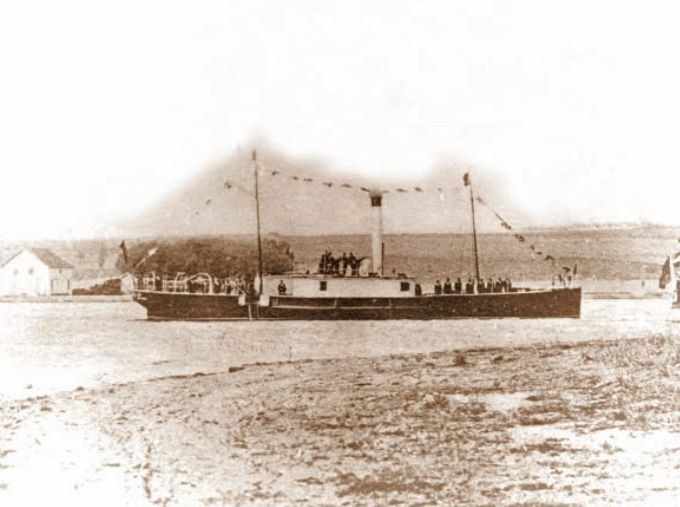|
Bucharest Army Arsenal
The Army Arsenal of Bucharest () was the main arsenal of the Romanian Army, established in 1861 with the task of manufacturing, maintaining, and storing weapons, as well as limbers and caissons for the artillery. The old flags, uniforms, and weapons of the Romanian Army were also stored at the Arsenal until 1919. History During the reign of Alexandru Ioan Cuza, the need for a modern Army Arsenal arose. Initially, the Arsenal, together with the Pirotehnia Armatei, Army Pyrotechnics were to be located at Malmaison. Soon however, it was decided to place them on Dealul Spirii, which gave the hill its alternate name of ''Dealul Arsenalului'' (Arsenal Hill). Work on the main building and gate of the Arsenal began in 1860, and was completed in 1861. The building was constructed in the neogothic style, and according to some researchers, designed by Luigi Lipizer. On 23 November 1861, the Artillery Material Establishments Directorate (''Direcția Stabilimentelor de Material de Artilerie' ... [...More Info...] [...Related Items...] OR: [Wikipedia] [Google] [Baidu] |
Arsenal
An arsenal is a place where arms and ammunition are made, maintained and repaired, stored, or issued, in any combination, whether privately or publicly owned. Arsenal and armoury (British English) or armory (American English) are mostly regarded as synonyms, although subtle differences in usage exist. A sub-armory is a place of temporary storage or carrying of weapons and ammunition, such as any temporary post or patrol vehicle that is only operational in certain times of the day. Etymology The term in English entered the language in the 16th century as a loanword from french: arsenal, itself deriving from the it, arsenale, which in turn is thought to be a corruption of ar, دار الصناعة, , meaning "manufacturing shop". Types A lower-class arsenal, which can furnish the materiel and equipment of a small army, may contain a laboratory, gun and carriage factories, small-arms ammunition, small-arms, harness, saddlery tent and powder factories; in addition, it mu ... [...More Info...] [...Related Items...] OR: [Wikipedia] [Google] [Baidu] |
Ploiești
Ploiești ( , , ), formerly spelled Ploești, is a city and county seat in Prahova County, Romania. Part of the historical region of Muntenia, it is located north of Bucharest. The area of Ploiești is around , and it borders the Blejoi commune in the north, Bărcănești and Brazi communes in the south, Târgșoru Vechi commune in the west, and Bucov and Berceni communes in the east. According to the 2011 Romanian census, there were 201,226 people living within the city limits, making it the ninth most populous in the country. The city grew beginning with the 17th century on an estate bought by Michael the Brave from the local landlords, gradually taking the place of the nearby Wallachian fairs of Târgșor, Gherghița and Bucov. Its evolution was accelerated by heavy industrialisation, with the world's first systematic petroleum refinery being opened in 1856–1857. Following massive exploitation of the oil deposits in the area, Ploiești earned the nickname of "th ... [...More Info...] [...Related Items...] OR: [Wikipedia] [Google] [Baidu] |
National Military Museum, Romania
The King Ferdinand I National Military Museum ( ro, Muzeul Militar Național "Regele Ferdinand I"), located at 125-127 Mircea Vulcănescu St., Bucharest, Romania, was established on 18 December 1923 by King Ferdinand I. It has been at its present site since 1988, in a building finished in 1998. In film The 2018 film '' I Do Not Care If We Go Down in History as Barbarians'' was partially shot on the museum premises, both inside and in the yard. Gallery of exhibits File:Curte - Muzeul Militar National.jpg, Yard File:Vickers Model 1931 with Bungescu FCS M1938.jpg, A Vickers/Reșița anti-aircraft gun File:Bungescu M1938 FCS and Vickers Model 1931 AA.jpg, Bungescu M1938 Fire Control System File:Mortier Negrei 250 mm Model 1916.JPG, A Negrei Model 1916 heavy mortar File:IAR 80 replica.jpg, An IAR-80 fighter aircraft replica File:Renault FT17 National Military Museum Bucharest.JPG, A Renault FT tank File:Renault_R35_KingFerdinandMuseum.JPG, A Renault R35 tank File:Panzer IV Au ... [...More Info...] [...Related Items...] OR: [Wikipedia] [Google] [Baidu] |
Battle Of Plevna
The siege of Pleven, was a major battle of the Russo-Turkish War of 1877–1878, fought by the joint army of Russia and Romania against the Ottoman Empire. After the Russian army crossed the Danube at Svishtov, it began advancing towards the centre of modern Bulgaria, with the aim of crossing the Balkan Mountains to Constantinople, avoiding the fortified Turkish fortresses on the Black Sea coast. The Ottoman army led by Osman Pasha, returning from Serbia after a conflict with that country, was massed in the fortified city of Pleven, a city surrounded by numerous redoubts, located at an important road intersection. After two unsuccessful assaults, in which he lost valuable troops, the commander of the Russian troops on the Balkan front, Grand Duke Nicholas of Russia insisted by telegram the help of his Romanian ally King Carol I. King Carol I crossed the Danube with the Romanian Army and was placed in command of the Russian-Romanian troops. He decided not to make any more as ... [...More Info...] [...Related Items...] OR: [Wikipedia] [Google] [Baidu] |
Krupp
The Krupp family (see pronunciation), a prominent 400-year-old German dynasty from Essen, is notable for its production of steel, artillery, ammunition and other armaments. The family business, known as Friedrich Krupp AG (Friedrich Krupp AG Hoesch-Krupp after acquiring Hoesch AG in 1991 and lasting until 1999), was the largest company in Europe at the beginning of the 20th century, and was the premier weapons manufacturer for Germany in both world wars. Starting from the Thirty Years' War until the end of the Second World War, it produced battleships, U-boats, tanks, howitzers, guns, utilities, and hundreds of other commodities. The dynasty began in 1587 when trader Arndt Krupp moved to Essen and joined the merchants' guild. He bought and sold real estate, and became one of the city's richest men. His descendants produced small guns during the Thirty Years' War and eventually acquired fulling mills, coal mines and an iron forge. During the Napoleonic Wars, Friedrich ... [...More Info...] [...Related Items...] OR: [Wikipedia] [Google] [Baidu] |
Steel Crown Of Romania
Steel is an alloy made up of iron with added carbon to improve its strength and fracture resistance compared to other forms of iron. Many other elements may be present or added. Stainless steels that are corrosion- and oxidation-resistant typically need an additional 11% chromium. Because of its high tensile strength and low cost, steel is used in buildings, infrastructure, tools, ships, trains, cars, machines, electrical appliances, weapons, and rockets. Iron is the base metal of steel. Depending on the temperature, it can take two crystalline forms (allotropic forms): body-centred cubic and face-centred cubic. The interaction of the allotropes of iron with the alloying elements, primarily carbon, gives steel and cast iron their range of unique properties. In pure iron, the crystal structure has relatively little resistance to the iron atoms slipping past one another, and so pure iron is quite ductile, or soft and easily formed. In steel, small amounts of carbon, other ... [...More Info...] [...Related Items...] OR: [Wikipedia] [Google] [Baidu] |
Theodor Aman
Theodor Aman (20 March 1831 – 19 August 1891) was a Romanian painter, engraver and art professor. He mostly produced genre and history scenes. Biography His father was a cavalry commander from Craiova but he was born in Câmpulung, where his family had fled to escape the plague."Pictorul care a copilărit în curtea bisericii" (The Painter who Grew Up in the Churchyard) from ''Ziarul Lumina'', 6 January 2010 , After displaying an early affinity for art, he took his first lessons with Br ... [...More Info...] [...Related Items...] OR: [Wikipedia] [Google] [Baidu] |
Romanian War Of Independence
The Romanian War of Independence is the name used in Romanian historiography to refer to the Russo-Turkish War (1877–78), following which Romania, fighting on the Russian side, gained independence from the Ottoman Empire. On , Romania and the Russian Empire signed a treaty at Bucharest under which Russian troops were allowed to pass through Romanian territory, with the condition that Russia respected the integrity of Romania. Consequently, the mobilization of the Romanian troops also began, and about 120,000 soldiers were massed in the south of the country to defend against an eventual attack of the Ottoman forces from south of the Danube. On , Russia declared war on the Ottoman Empire and its troops entered Romania through the newly built Eiffel Bridge, on their way to the Ottoman Empire. Due to great losses, the Russian Empire asked Romania to intervene. On , the first Romanian Army units crossed the Danube and joined forces with the Russian Army. Romanian proclamation of ind ... [...More Info...] [...Related Items...] OR: [Wikipedia] [Google] [Baidu] |
Carol I Of Romania
Carol I or Charles I of Romania (20 April 1839 – ), born Prince Karl of Hohenzollern-Sigmaringen, was the monarch of Romania from 1866 to his death in 1914, ruling as Prince (''Domnitor'') from 1866 to 1881, and as King from 1881 to 1914. He was elected Prince of the Romanian United Principalities on 20 April 1866 after the overthrow of Alexandru Ioan Cuza by a palace coup d'état. In May 1877, Romania was proclaimed an independent and sovereign nation. The defeat of the Ottoman Empire (1878) in the Russo-Turkish War secured Romanian independence, and he was proclaimed King on . He was the first ruler of the Hohenzollern-Sigmaringen dynasty, which ruled the country until the proclamation of a socialist republic in 1947. During his reign, Carol I personally led Romanian troops during the Russo-Turkish War and assumed command of the Russo/Romanian army during the siege of Plevna. The country achieved internationally recognized independence via the Treaty of Berlin, 1878 and ... [...More Info...] [...Related Items...] OR: [Wikipedia] [Google] [Baidu] |
Kingdom Of Romania
The Kingdom of Romania ( ro, Regatul României) was a constitutional monarchy that existed in Romania from 13 March ( O.S.) / 25 March 1881 with the crowning of prince Karl of Hohenzollern-Sigmaringen as King Carol I (thus beginning the Romanian royal family), until 1947 with the abdication of King Michael I of Romania and the Romanian parliament's proclamation of the Romanian People's Republic. From 1859 to 1877, Romania evolved from a personal union of two vassal principalities (Moldavia and Wallachia) under a single prince to an autonomous principality with a Hohenzollern monarchy. The country gained its independence from the Ottoman Empire during the 1877–1878 Russo-Turkish War (known locally as the Romanian War of Independence), when it also received Northern Dobruja in exchange for the southern part of Bessarabia. The kingdom's territory during the reign of King Carol I, between 13 ( O.S.) / 25 March 1881 and 27 September ( O.S.) / 10 October 1914 is sometimes refe ... [...More Info...] [...Related Items...] OR: [Wikipedia] [Google] [Baidu] |
Domnitor
''Domnitor'' (Romanian pl. ''Domnitori'') was the official title of the ruler of Romania between 1862 and 1881. It was usually translated as " prince" in other languages and less often as "grand duke". Derived from the Romanian word "''domn''" ('' lord'' or ''ruler'') and, in turn, from the Latin " Dominus", ''Domnitor'' had been in use since the Middle Ages. Moldavian and Wallachian rulers had sometimes been referred to by the term, though their official titles had been '' voievod'' or '' hospodar'', especially after they were officially nominated by the Sultans of the Ottoman Empire. The title acquired an officially recognized meaning only after Moldavia and Wallachia united in 1862 to form the United Romanian Principalities under Alexander John I, who had been the ruler of states since 1859, when they united to form modern Romania. Alexander John was deposed in 1866 and succeeded by Carol I, who held the post until 1881. When Romania was proclaimed a kingdom in 18 ... [...More Info...] [...Related Items...] OR: [Wikipedia] [Google] [Baidu] |
Rifle
A rifle is a long-barreled firearm designed for accurate shooting, with a barrel that has a helical pattern of grooves (rifling) cut into the bore wall. In keeping with their focus on accuracy, rifles are typically designed to be held with both hands and braced firmly against the shooter's shoulder via a buttstock for stability during shooting. Rifles are used extensively in warfare, law enforcement, hunting, shooting sports, and crime. The term was originally ''rifled gun'', with the verb ''rifle'' referring to the early modern machining process of creating groovings with cutting tools. By the 20th century, the weapon had become so common that the modern noun ''rifle'' is now often used for any long-shaped handheld ranged weapon designed for well-aimed discharge activated by a trigger (e.g., personnel halting and stimulation response rifle, which is actually a laser dazzler). Like all typical firearms, a rifle's projectile ( bullet) is propelled by the contained ... [...More Info...] [...Related Items...] OR: [Wikipedia] [Google] [Baidu] |









